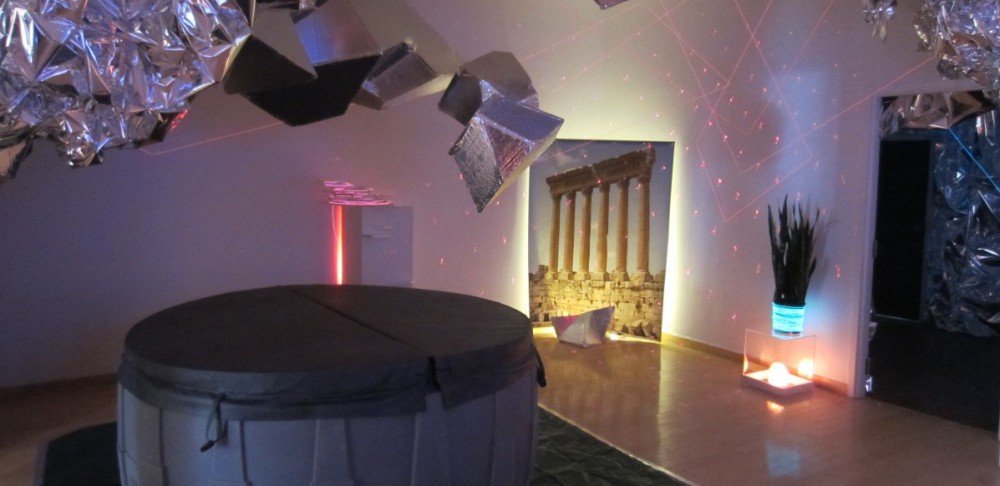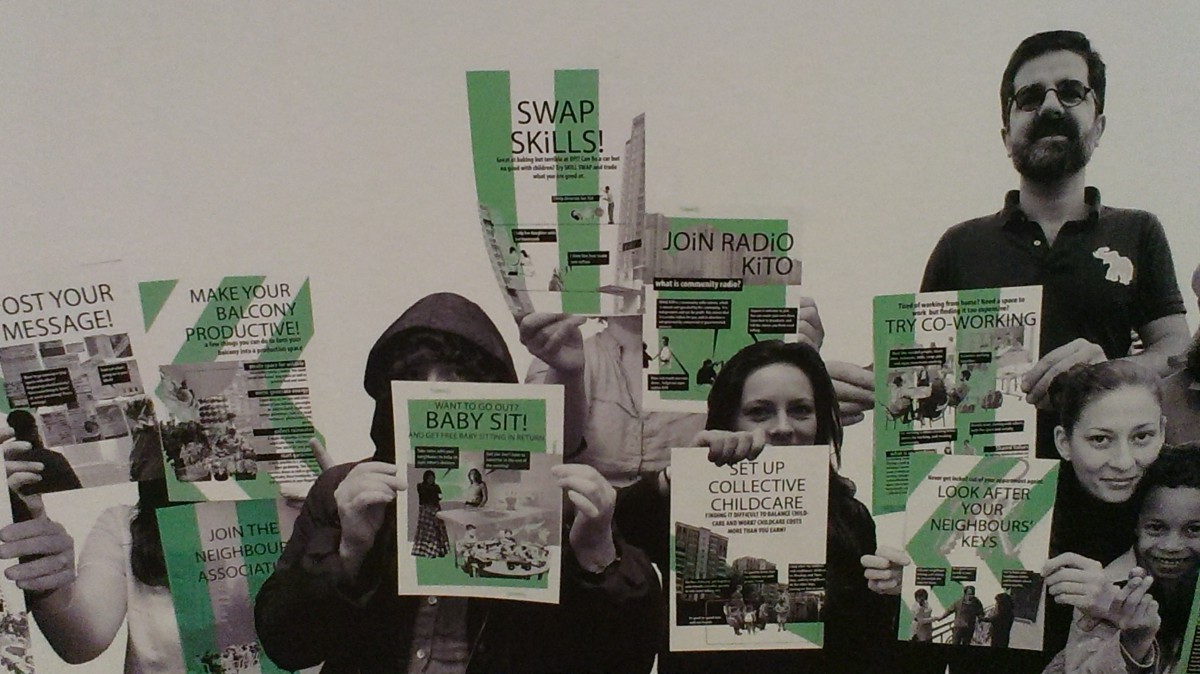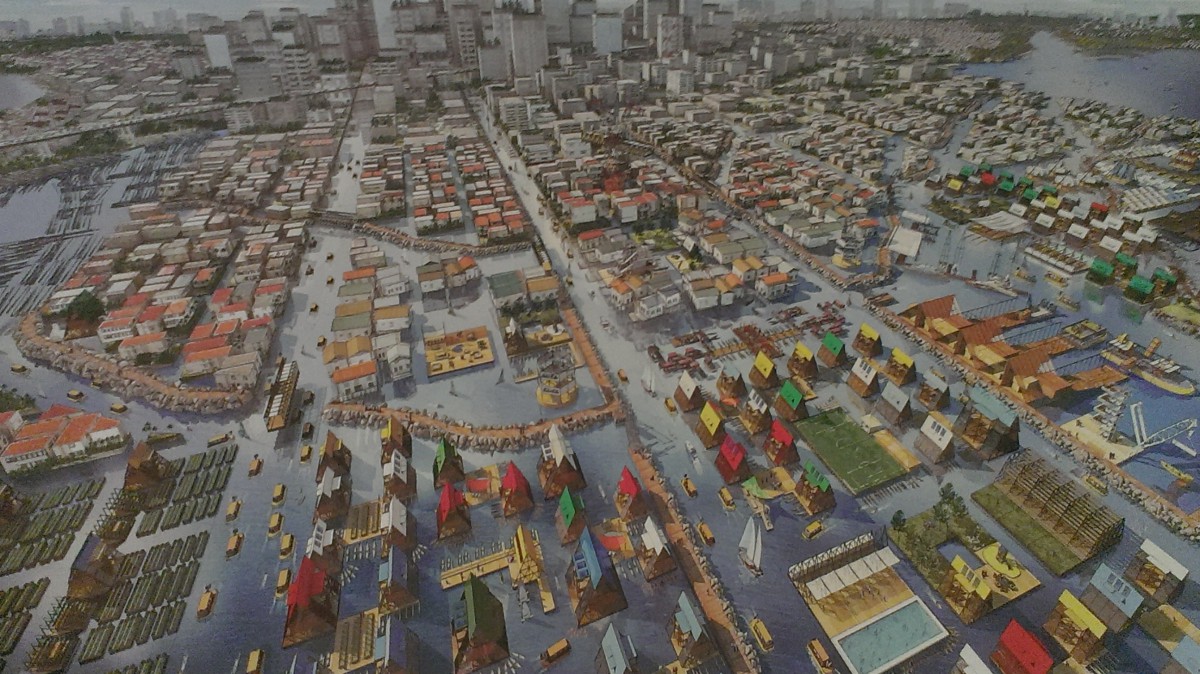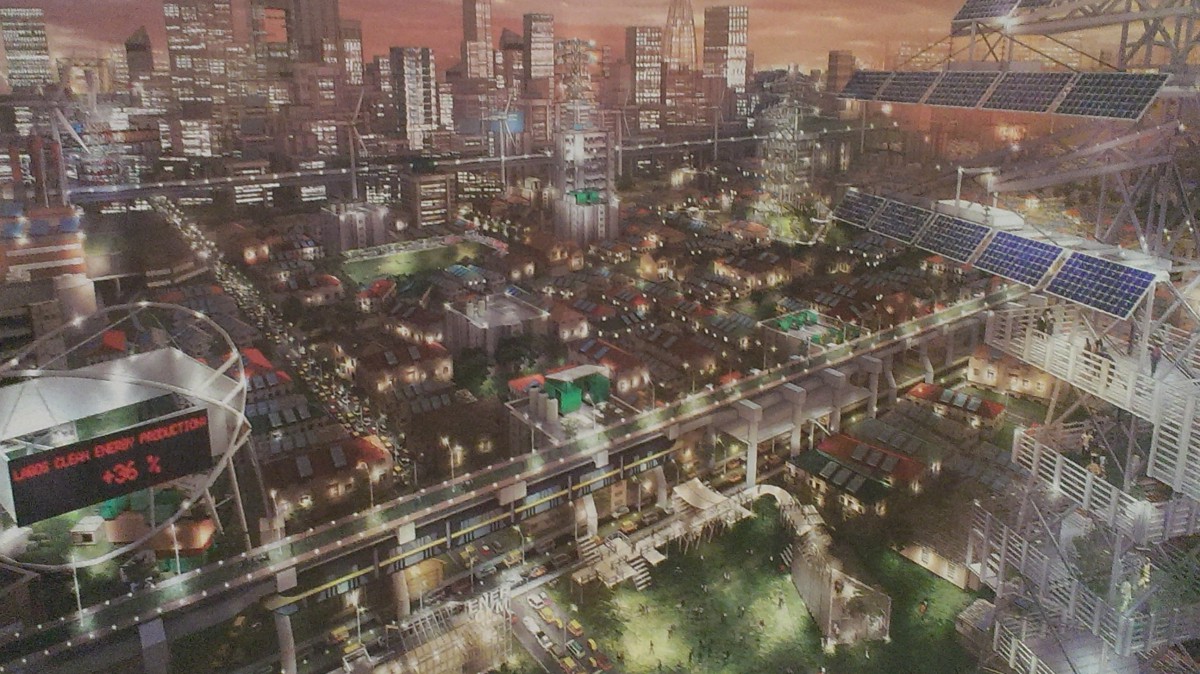To be honest, while I was at the exhibit I only sensed the smallest connection with science fiction media. My main concern being that many of the proposals embrace social responsibility, whereas many of the stories we have analyzed so far are mostly about ‘self’, each for their own, screw everybody else. That is, after all, the kind of mentality that we have been conditioned to expect in our day to day lives.
However, after learning about the cities and the proposed projects more specifically, I did get a small sense of connection to the material we have been working with so far, whether it was from a particular city’s current situation or the proposed solutions.
For example, both Mumbai and Rio de Janeiro currently exhibit a strong contrast between the rich and poor sections of the city. This made me think of the city we get to know in Metropolis.
Istanbul is a city where the growing middle class inhabit gated complexes in tower clusters over open land, leading to long hours of traffic and social isolation. It’s as if they live in their own little ‘cells’ and only leave to go to work and come back, which is a less radical version of the lifestyle that is prevalent in The Machine Stops. Among the proposed solutions is an open-source online network, KITO’da, which allows people in a given community to exchange services, goods, knowledge and skills. Reading that that made me think about how in an isolated society, the characters in DADOES needed an empathy box to connect and share with others.
After watching Blade Runner I did a little reading online about its production, themes, etc. and I learned a nifty new word: retrofitting. It means ‘new or updated parts that are fitted to old or outdated systems’. The city of L.A. that we see in Blade Runner was a retrofitted landscape, with tall, light emitting towers and pyramids that were basically built around and on top of the old city, which can still be seen in the street scenes. The city of Lagos, a city covered by water that goes unused and that has a poor transportation system has a proposal for improving energy, water and transportation with the design of new infrastructure over the old. The result would be an efficient water city, somewhat like an African Venice. Similarly, in New York the outer boroughs are encouraged to build upwards to the unused air space without taking up the scarce remaining land.
Lastly, Hong Kong’s proposal of creating artificial islands to mitigate the population growth due to mainland Chinese immigrants made me think about a theme we have not explored yet: colonization. When migrating to Mars or other ‘Off-World Colonies’, what measures will the protagonists or their society/civilization have to employ to make the new worlds adapt to the incoming population? Part of Hong Kong’s project involves creating a series of myths and legends surrounding the artificial islands a means of establishing them as new and unique territories. Think of the possibilities such a proposal could offer to a science fiction novel or film revolving around colonization!







Thanks Andrew for this great post … just a friendly reminder to always “categorize” them (so people can find them, and you get credit). I did that for you here this one time.
Whoops, I forgot! Thanks for letting me know.